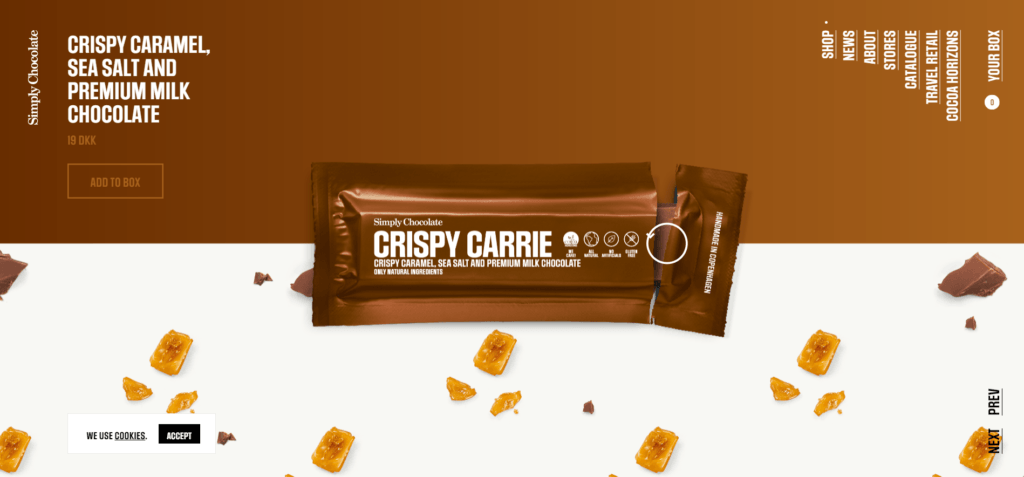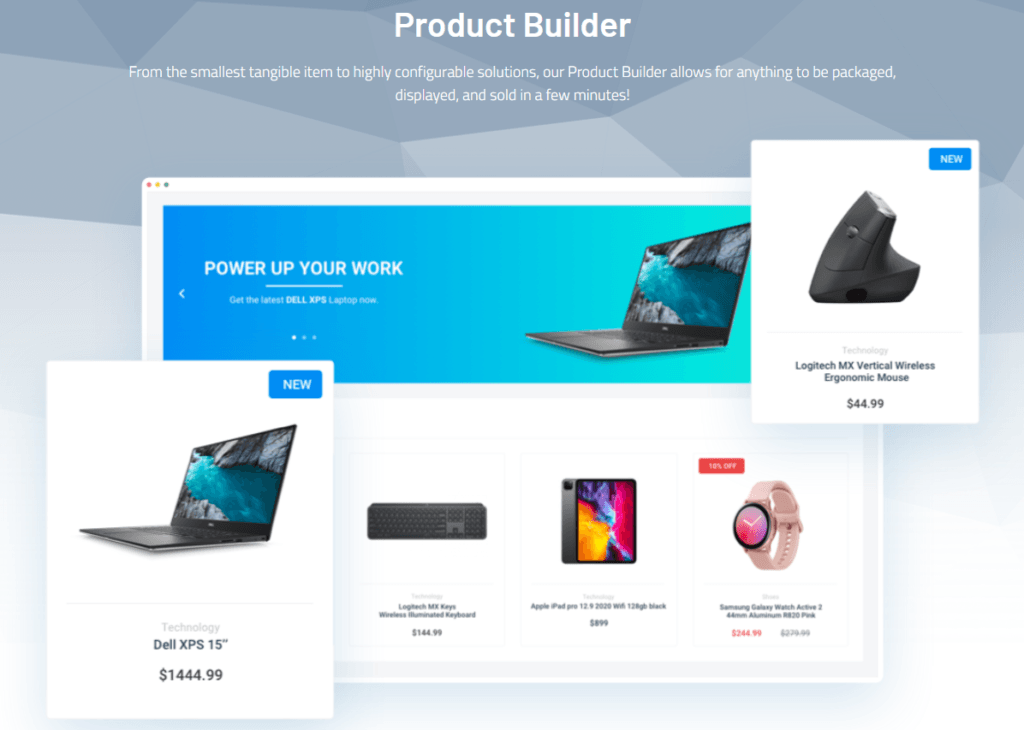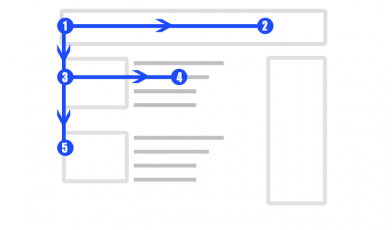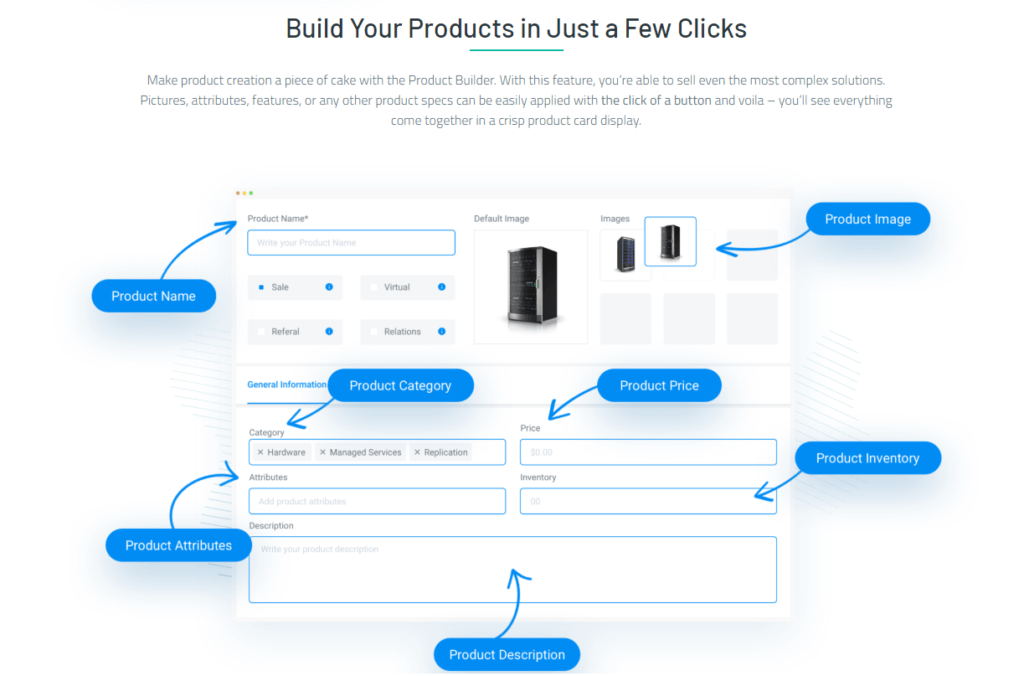The online shopper thought process: At times structured, at times a mess.
We all have some bold patterns when it comes to shopping but sometimes we don’t know why we feel the urge to buy a product. We just… kinda do.
Apparently, this fervent need to buy is fueled by thoroughly thought out strategies applied by sellers. Studies have shown that you can track, understand, and leverage our consumer behavior to build loyalty. Good for you!
Here, we’ve compiled five of the most important aspects that affect the online shopper mind, so you as a seller know how to optimize your channel to convert.
1. Engage Our Minds. We Like It Visual
Principles of design dictate that it’s best to present text in bite-sized amounts and to saturate your page with imagery.
Visual stimulus is the ideal way to turn the first glance into a closer look. We process images 60,000 times faster than simple text and 90% of information transmitted to our brain is visual.
Bold colors, big words, creative designs – what’s pleasing to the eye makes us feel, need, and ultimately push that buy button.

That’s not all though – visuals are there as an aid to give context to what is being presented. They bring your story to life. A story can be the road to creating the perfect taco, the process of making breathable cotton socks, or the sophistication it takes to produce a premium piece of stainless steel cutlery.
No matter the product, it’s about painting a permanent picture inside our minds.
Many sellers, especially IT providers, struggle to tell their stories because it’s hard to productize, package, and sell complex solutions. If you’re one of them, you can leverage UCX. It gives you a tool that solves these challenges and allows you to sell practically anything in a visually pleasing way.

2. Give Us Clean Structure. Fast!
We don’t want clutter.
But we also don’t want a clean and tasteful website that takes ages to load.
There should be a golden middle. We want to get what we need without having to commit to reading a minute’s worth of text just to navigate through the site.
Recent statistics reveal that 61% of us say our online shopping experience is affected by how easily we can find a product via search and navigation.
To put it simply, we don’t read. We scan. And there’s eyetracking evidence that shows our site scanning patterns.
The F-shaped Pattern
We scan left to right and carry on down to repeat the same pattern again.

The Layer-Cake Pattern
We just check the headings and subheadings of content. If nothing strikes our fancy, we aren’t bothered to delve deeper.

The Spotted Pattern
We let our eyes wander and try picking up only specific information like links, data, numbers, or any highlighted words.
So, for lower bounce rates and higher conversion, your content should be organized in such a way that it evokes enough interest to turn our scanning into actual reading, i.e. Interesting titles, aesthetically pleasing imagery, and bite-sized text.

3. No Reviews or Testimonials? There Goes Our Trust.
No reviews or testimonials equals lacking credibility.
According to Statista, 53% of us shoppers say that reviews play a massive role in us buying a product – especially if we’re buying it for the first time.
Reviews are practically the lifeblood of your product. Displaying them can increase your conversion rates by up to 270% and if you have excellent reviews, we’re ready to spend 31% more on your products.
“But what if I also have bad reviews?”
Leave them be. Hiding bad reviews is a good short-term solution but it’ll come back to bite you. As a fact, 68% of us trust a business more if they have mixed reviews instead of only good ones.
Though, if all your reviews are bad, you should take a closer look at your offerings and customer service. Maybe we need a manual for your product, you promised something and didn’t deliver, the overall quality wasn’t as advertised, etc. There’s always room for improvement.
4. Make It Pop! No, Really, Please Make It Pop.
We love colors.
Beautiful color schemes make our eyes dance. They let our sight explore everything strategically. They’re also used as serving platters for the content you want us to focus on. Your colors let us create an initial impression and decide if we should stick around for longer.
As you probably know, online shopper or not, we all subconsciously relate colors to feelings. Although there can’t be a universal meaning for one color and it often depends on context, many colors are still associated with certain words: Red is associated with passion or danger, white with purity and simplicity, yellow with joy and energy, etc.
Your brand can be sophisticated but also welcoming, minimalist but energetic, elegant but cheerful. It’s all about finding the right balance.

5. Speak The Language of Our Wallets
Some words simply make us feel like we haven’t just handed our wallet to a money-grubbing company that doesn’t care about our wellbeing.
These are some of those words:
You – Tell an online shopper “It’s about you” and the action will follow. You need to convince us that you mean it though.
Free – What’s better than 50% off? Getting things for free of course.
Get – It’s proven that conversion rates are higher when the word get is used. Get creative, get started, get the latest item – Get is active. It’s fun. It entices us to act.
Because – You may have a great product but tell us why we should buy it from you. Why does it have to be you that has our trust and not someone else? Your because affects our verdict.
Money-back Guarantee – This is it. We really got nothing to lose with this one.
Final Thoughts
Getting inside our head is best done by studying us. All of us have different individual preferences, but we also have collective behavioral patterns too. Don’t try to force your foot through the door with us. The interest comes naturally if we see that you know how to advertise what you got and have a good purpose for your business.
What are some other points you think are important for online shoppers? Comment down below to let us know!
